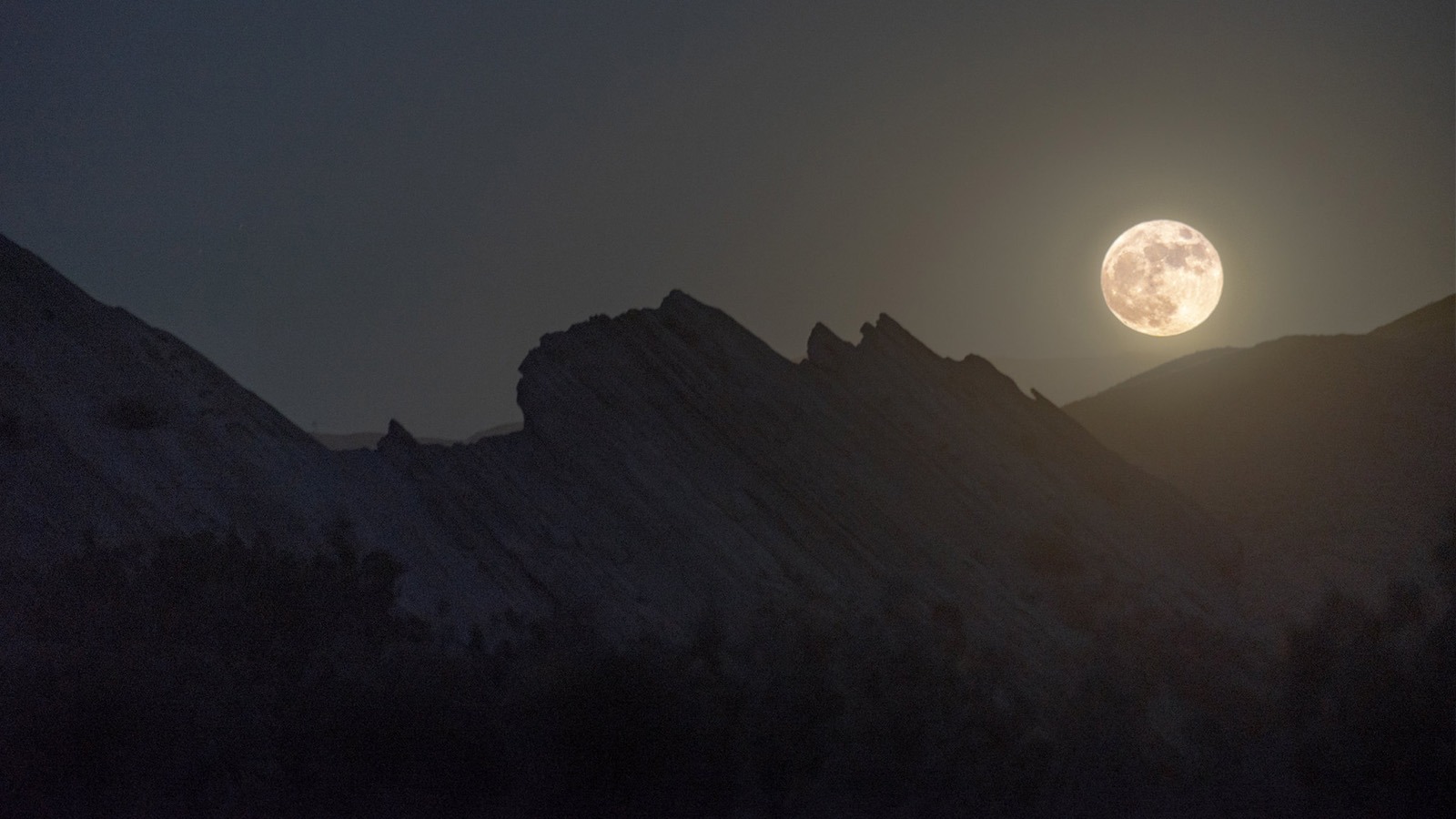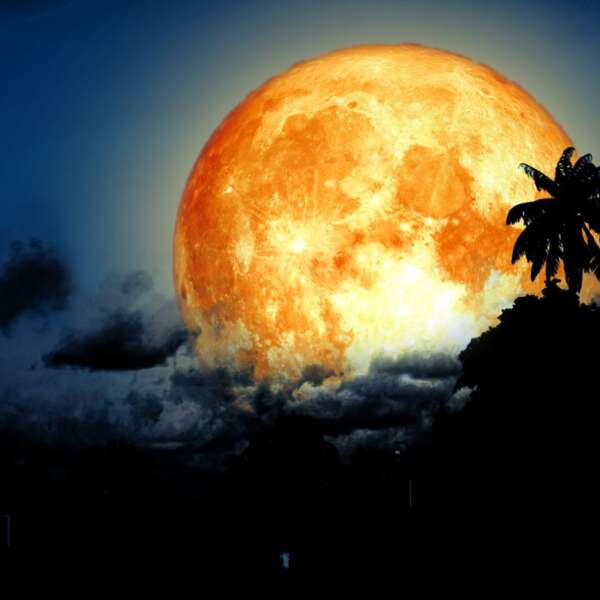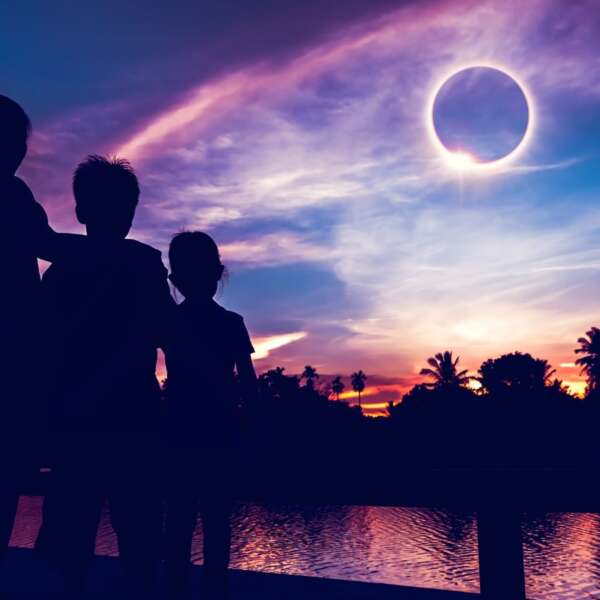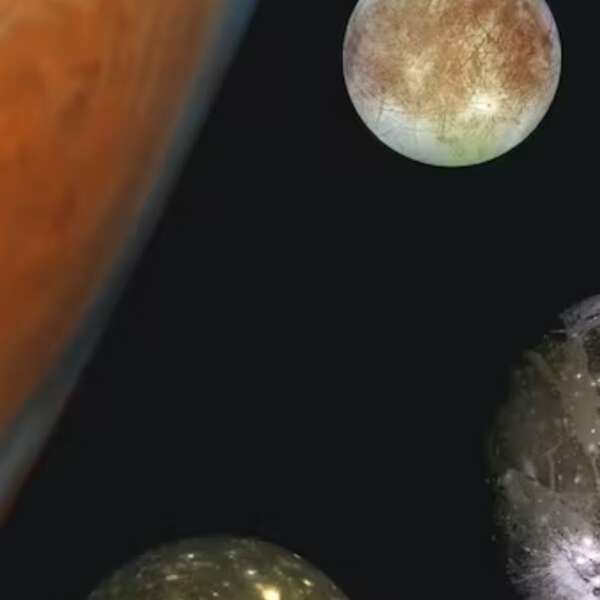What’s Up in the October Sky: Orionid Meteor Shower and Full Hunter’s Moon
Sky enthusiasts can look forward to another spectacle with the Orionid meteor showers this October. According to the astronomical diary of PAGASA, the October Orionid meteor shower will be active from October 17 to 25, 2021.
Orionid Meteor Shower
The Orionid meteor showers can be observed annually from October 2 to November 7 and according to PAGASA, the peak time to view the shower would be from October 21 to 22, 2021. At maximum rates, the shower may reach 15 meteors per hour that may be observed at favorable sky conditions.
Unfortunately, at around the same time as the peak of the meteor shower, the bright full moon which is also called the full Hunter’s Moon might interfere since its moonlight might affect the appearance of the fainter meteors.
Full Hunter’s Moon

A full Moon rises over Vasquez Rocks Natural Area Park in Santa Clarita, California, on June 24, 2021. Image credit: NASA/Preston Dyches
Why is this particular full moon called Hunter’s Moon? According to the Old Farmer’s Almanac, this full Moon is used as a signal for hunters to go hunting in preparation for the upcoming winter. Other names for this full Moon are the Sanguine or Blood Moon, and just recently, the Lucy Moon, named after the NASA mission named Lucy which was launched on October 16 to the Trojan asteroids.
How to View the Orionid Meteor Shower
NASA suggests that you look for an area that is well away from city or street lights when viewing the Orionids meteor shower. If you’re wondering which part of the sky to look at, you can take advantage of mobile apps that will guide you in the right direction. Search for the Oriconstellation, or in some applications like Sky Map, you can just look up for Orionids and it will guide you where to look up.

The agency also advised viewers to lie flat on their back with feet facing east and look up, taking in as much of the sky as possible. After about 30 minutes in the dark, your eyes will adapt and by then you will start to see meteors
SOURCES: PAGASA, NASA Solar System Exploration















